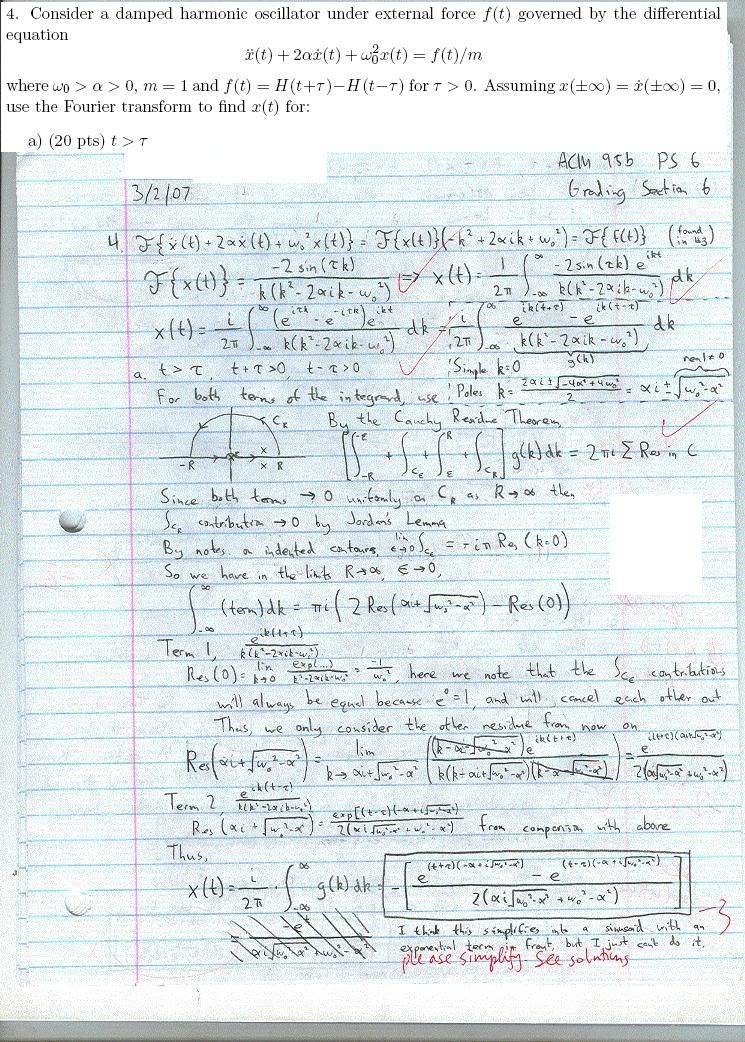need help with this question.
I'm told f and g are differentiable and at x=5
f(5)=7
f ' (5)=-3
If f(7)=-1 and f'(7)=4 what can i conclude from the intermediate value theorem.?
Well i have an idea.
Since it is differentiable, it is continous. so all points f(5) to f(7) exist. therefore. all points f '(5) to f '(7) exist. But what can be told about their values? Am i correct?
And yes, i have looked at google. Many times.
I'm told f and g are differentiable and at x=5
f(5)=7
f ' (5)=-3
If f(7)=-1 and f'(7)=4 what can i conclude from the intermediate value theorem.?
Well i have an idea.
Since it is differentiable, it is continous. so all points f(5) to f(7) exist. therefore. all points f '(5) to f '(7) exist. But what can be told about their values? Am i correct?
And yes, i have looked at google. Many times.


Comment